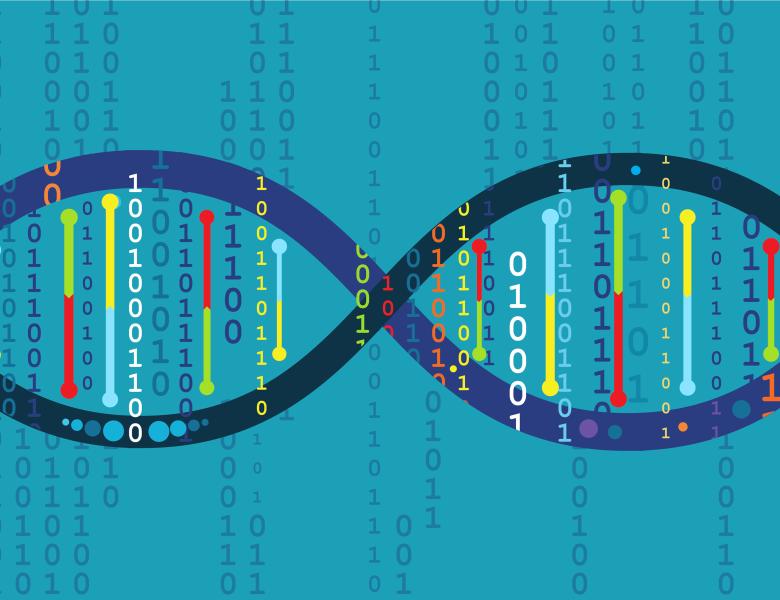
Abstract
Histone modifications are widely accepted to play a causal role in the regulation of gene expression. This role has been recently challenged, however, by reports showing that gene expression may occur in the absence of histone modifications. To address this controversy, we have generated densely-spaced transcriptomic and epigenomic maps in a time-course cell homogeneous system that occurs with massive transcriptional changes. We found that the relationship between histone modifications and gene expression is weaker than previously reported, and that it can even run contrary to established assumptions, such as in the case of H3K9me3. Our data suggest a model that reconciles the seemingly contradictory observations in the field. According to this model, histone modifications are associated with expression only at the time of initial gene activation, when they are deposited in a dominant order at promoter regions, generally preceding deposition at enhancers. Further changes in gene expression, even larger than those occurring at gene activation, are essentially uncoupled from changes in histone modifications. Genes are in a very limited number of major chromatin states which mostly remain stable over time. Data available during mouse development largely recapitulates this model. Our work provides a first sketch of the epigenetic logic underlying gene activation in eukaryotic cells.


